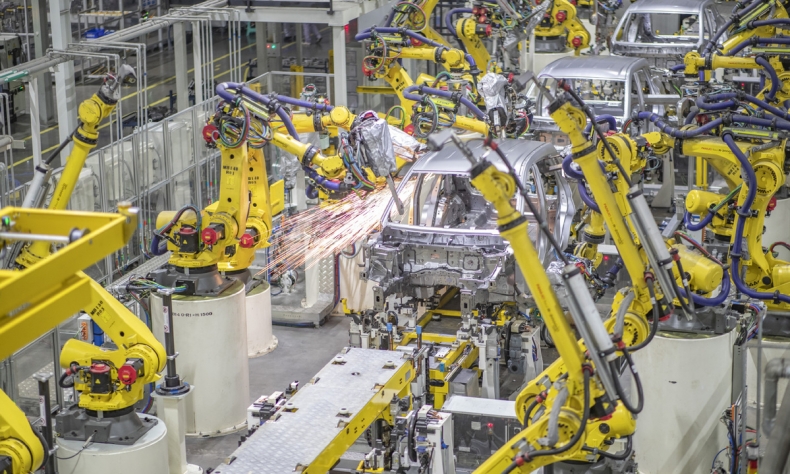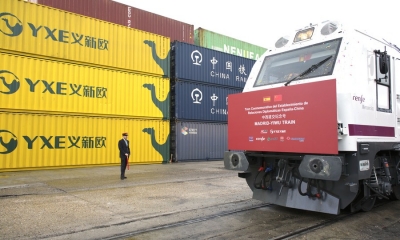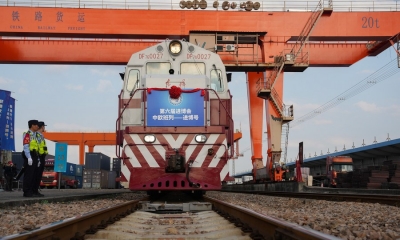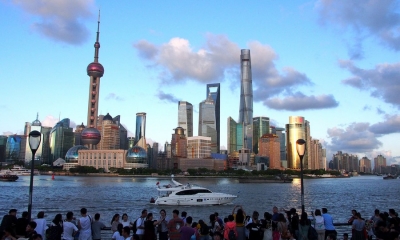IMF Forecast Shows China’s Economic Strengths

In essence, China has been an anchor and facilitator within the global recovery. Its economy has shown resilience and endurance through one of the deepest crises on record and has still been able to come out with an optimistic picture.
“China is really an impressive example of an outlier in the positive sense,” the International Monetary Fund’s Tobias Adrian told CNBC last week as the institution projected 8.4% GDP growth for China this year. He added, “They have cracked down on the pandemic very aggressively, very early and the economy really already came back to normal levels at the middle of last year, so way ahead of any country in the world.” The forecast follows on from China’s growth of 2.3% last year, making it the only major economy to post positive growth, bucking the severe global recession brought about by pandemic shutdowns.
While 2021 will of course be a year of economic recovery all around the world, something which will in turn drag China’s growth rate back up in line with resurgent trade and growing demand for consumer goods, nonetheless, the consistent growth ultimately demonstrates the resilience of the Chinese economy, its ability to weather crisis, its role in supply chains and its sustained potential.
But how has China been able to sustain growth? While some countries such as the United States sought to facilitate economic recovery by pouring trillions of dollars into stimulus bills, China noticeably did not seek to resuscitate its economy by going into debt. Although this was the country’s response to the 2008 financial crisis, Beijing’s growth strategy has since emphasized sustainability. Instead of splashing the cash, China focused on a long-term strategy of opting for “stability” and that involved allowing the economy to naturally recuperate by opting for total eradication of COVID-19 within its borders.
Eliminating the virus has involved airtight lockdowns and travel curbs in response to any outbreaks, be it entire cities or isolated neighborhoods if necessary, and a comprehensive testing mechanism that “leaves no stone unturned” whereby all individuals in a given area are tested at the first sign of trouble. Recently, this has also been expanded to mass vaccination campaigns whereby all people eligible for vaccination in an affected area are encouraged to get vaccinated, and authorities ensure access to vaccines in response to an outbreak.
As a result, China has been able to attain outright stability for well over a year, and, despite multiple huge global outbreaks of COVID-19, has been able to successfully avoid the second and third waves other countries have experienced. This has allowed the natural facilitation of economic growth, a reignition of consumerism and also a huge intake in foreign direct investment as investors fled less economically stable regions for the secure environment of China. This led China to become the largest recipient of FDI in the world last year. China’s stability has also allowed the country to play a pivotal role in the supply of medical resources having not had to enforce any new national shutdowns, and likewise is again serving that purpose through vaccines.
These circumstances have allowed China’s growth to subsequently accelerate further in 2021 and be lifted further up by global trends. In essence, China has been an anchor and facilitator within the global recovery. Its economy has shown resilience and endurance through one of the deepest crises on record and has still been able to come out with an optimistic picture. The Western media, so obsessed with pushing a geopolitical agenda against Beijing, has ultimately failed to acknowledge or appreciate this. The idea of an economic future which China is detached from, or plays less of a role in, is simply incomprehensible.
 Facebook
Facebook
 Twitter
Twitter
 Linkedin
Linkedin
 Google +
Google +







